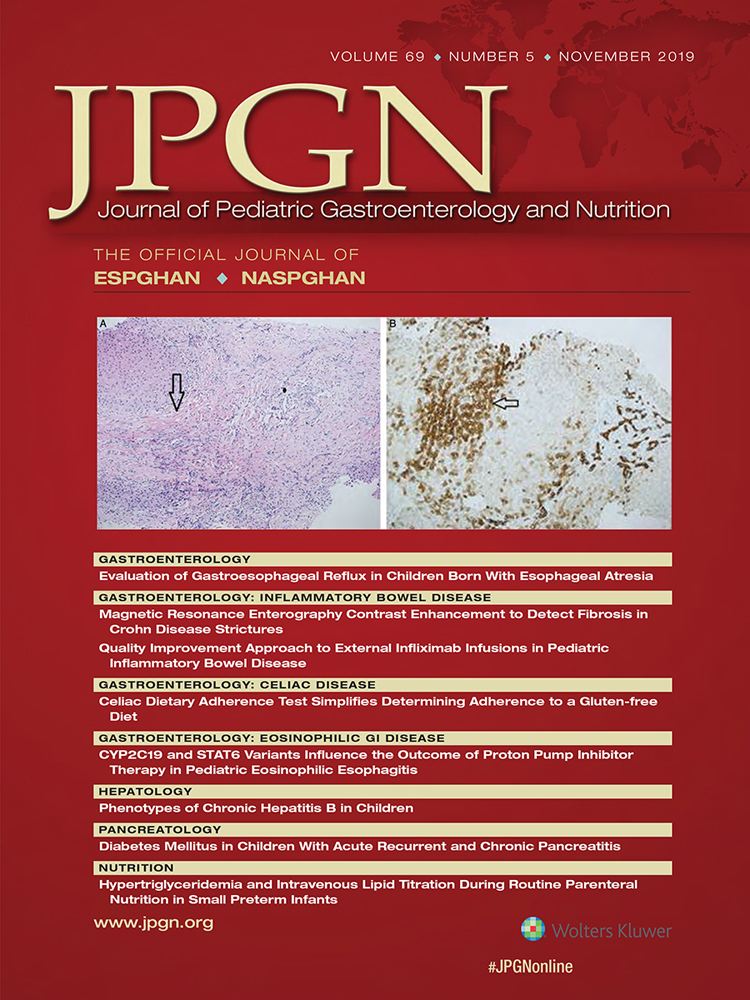Celiac Dietary Adherence Test simplifies Determining Adherence to a Gluten-free Diet in Swedish Adolescents
Supplemental digital content is available for this article. Direct URL citations appear in the printed text, and links to the digital files are provided in the HTML text of this article on the journal's Web site (www.jpgn.org).
The authors report no conflicts of interest.
ABSTRACT
Objectives:
The aims of the study were to ascertain whether the Celiac Dietary Adherence Test (CDAT) could contribute in determining adherence to a gluten-free diet in patients with celiac disease and to evaluate the diet adherence and well being of a study population 5 years after a celiac disease screening known as “Exploring the Iceberg of Celiacs in Sweden.”
Methods:
Through the screening, 90 adolescents (born 1997) were diagnosed with biopsy-proven celiac disease at 12 years of age. Of them, 70 (78%) came to a 5-year follow-up where anti–tissue transglutaminase antibodies 2 was tested and a questionnaire was filled in, including CDAT, which consists of 7 questions related to adherence. Nonparametrical tests were used to determine associations between adherence measures.
Results:
Among the adolescents, 86% were adherent to a gluten-free diet 5 years after screening, 38% reported their general well being as excellent, 50% very well, and 12% well. Statistically significant associations were seen between anti–tissue transglutaminase antibodies 2 and the CDAT score (P = 0.033), and the self-reported adherence question and the CDAT score (P < 0.001).
Conclusions:
The screening-detected adolescents reported a high level of well being and adherence to a gluten-free diet 5 years after screening. We conclude that the CDAT can be used in clinical practice as an estimation of adherence to a gluten-free diet. It would be most suitable to use in conjunction with currently used adherence measures, but can also be used as a stand-alone method when others are not accessible.




